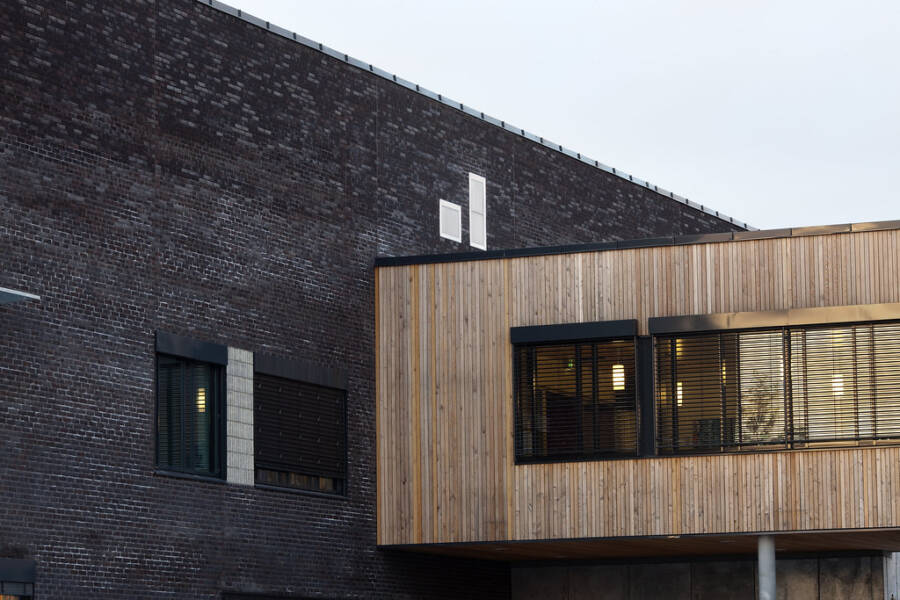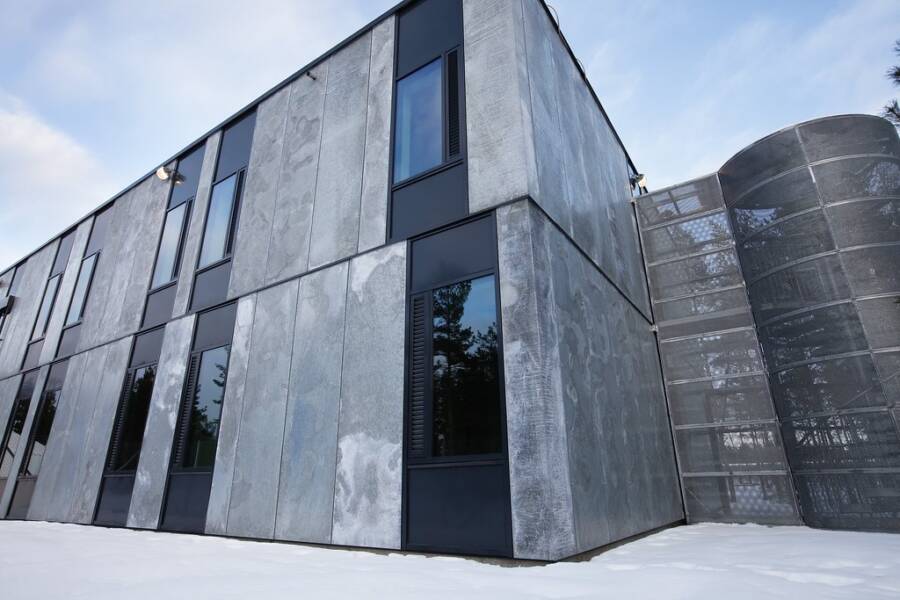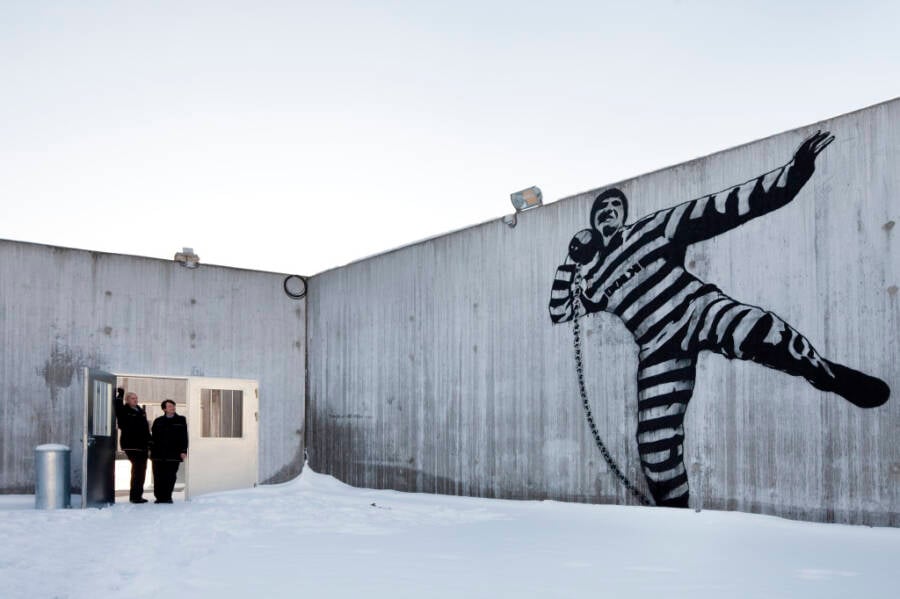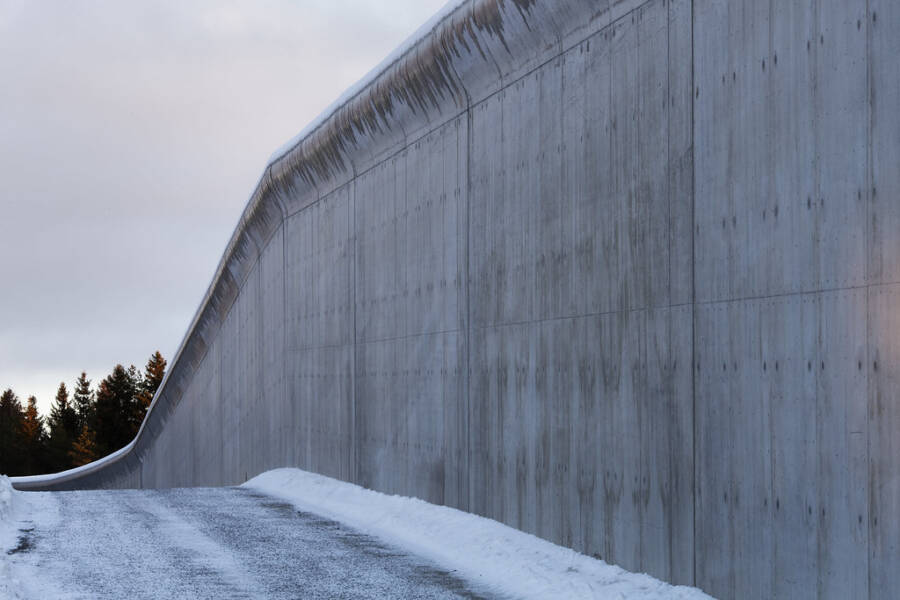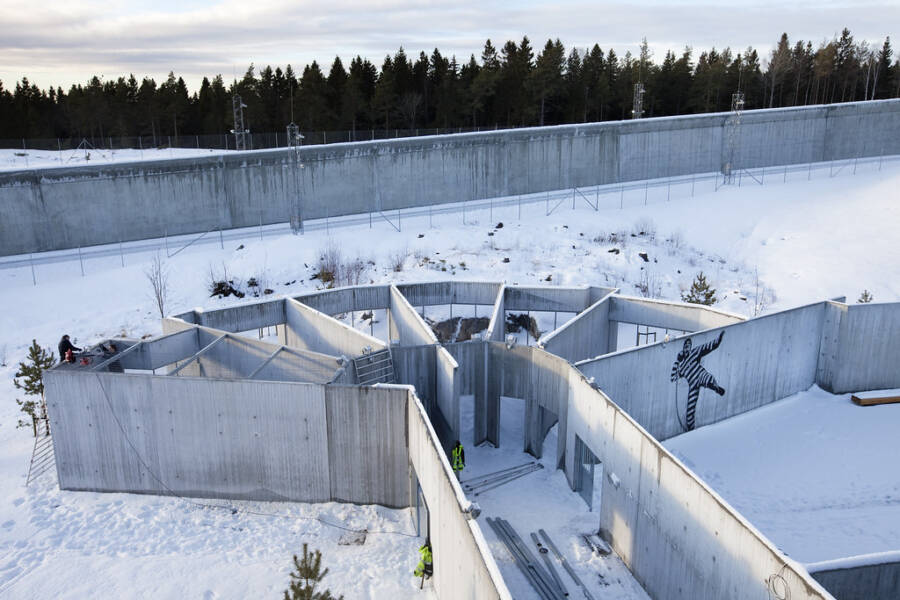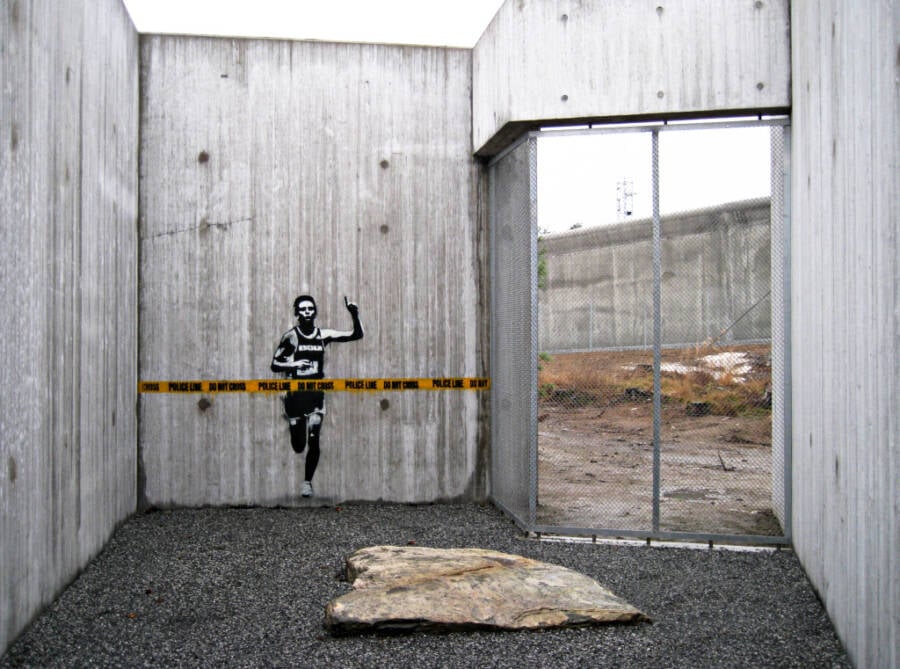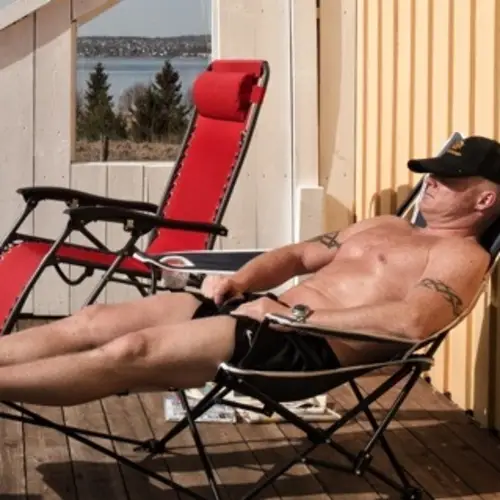Halden Prison focuses on rehabilitation, not punishment — and its 250 inmates have individual cells, access to activities like yoga and woodworking, and sweeping views of the nearby forest through their bar-less windows.
Prisons generally have a negative connotation. In both real life and popular culture depictions like The Wire, they’re seen as tough places rife with sexual, physical, and emotional abuse. But there’s one prison that’s bucked this trend: Norway’s Halden Prison.
Since it opened in 2010, Halden Prison has been called “the most humane prison in the world.” It has prompted new discussions about prison reform and rehabilitation, thanks to its surprising approach to inmate life. In stark contrast to the American prison system, guards at Halden don’t carry guns, and inmates have individual cells with their own showers, toilets, and TVs.
All this contributes, in part, to Norway’s impressive recidivism rate of only 20 percent. In places like the United States and the United Kingdom, on the other hand, this rate hovers between 50 and 60 percent.
So what can other countries learn from Halden Prison?
Inside The Revolutionary Design Of Halden Prison
In the spring of 2010, Halden Prison opened its doors for the first time. The prison had taken 10 years and 1.5 billion Norwegian kroner ($252 million) to build, and the end result was unlike most prisons in the world.
Situated across 75 acres of woodland in Østfold, Norway, the prison is devoid of barbed wire or electric fences. Though it's surrounded by a 20-foot concrete wall, the wall is softened by surrounding trees.
Hans Henrik Hoilund, one of the prison's architects told Time in 2010 that the goal was to create a prison that "looks as much like the outside world as possible." Even the security wall has a rounded top so that, in Hoilund's words, it doesn't seem "too hostile."

Kriminalomsorgen - The Norwegian Correctional Service/StatsbyggHalden Prison was designed to blend in with the surrounding woods.
The same philosophy was applied to the inside of the prison. There, architects designed long, vertical cells that would let in as much sunlight as possible. The cells have windows without bars that looked out into the woods, and each inmate has their own toilet, shower, and flatscreen TV.
"There was much focus on the design," Are Høidal, the prison's governor, told The Guardian in 2012. "We wanted it to be light and positive." That said, the cells are still prison cells, and he doesn't see them as especially luxurious. "It's 10 square metres, a toilet, a shower, that's all."
So what is life like for the roughly 250 inmates at Halden Prison?
Life Inside The World's 'Most Humane Prison'
According to The Guardian, life at Halden Prison starts at 7:30 in the morning, when inmates are let out of their cells. Lock-up for the night isn't until 8:30 p.m., so inmates have the day for work and other activities.
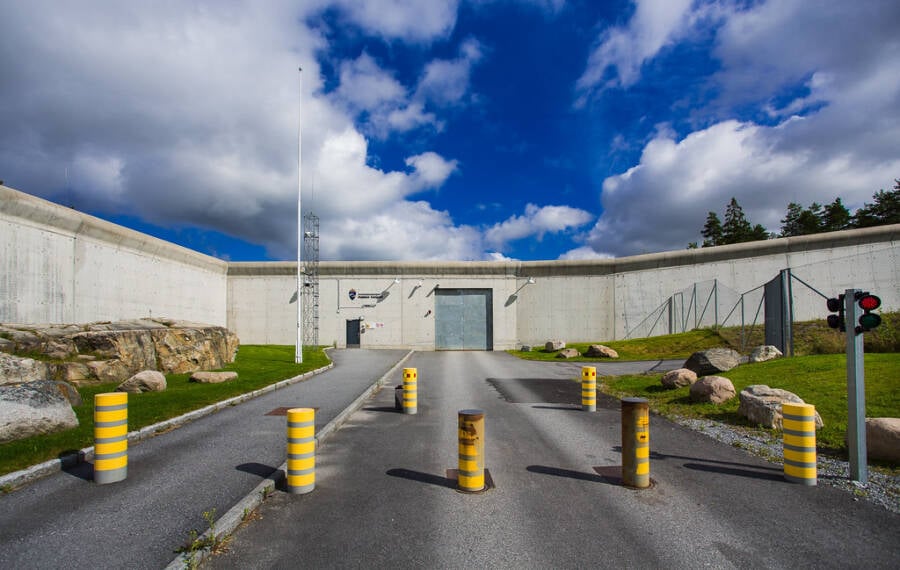
Kriminalomsorgen - The Norwegian Correctional Service/StatsbyggHalden Prison lacks barbed wire or electric fences, but is protected by a 20-foot wall around its perimeter.
Inmates can take music lessons, yoga classes, and woodworking tutorials. The prison has a sound studio and a radio station, a library where cookbooks are especially popular, and a sports center. What's more, inmates can prepare themselves for the outside world by pursuing degrees.
"We want to build them up, give them confidence through education and work and have them leave as better people," Høidal told Time.
That means also encouraging positive relationships between the inmates and the guards (who prefer to be called "prison officers"). The guards at Halden Prison do not carry guns and interact daily with the inmates by eating with them and even participating in activities like volleyball games.
"The people who work here don't look down on you," one inmate told The Guardian. Before coming to Halden, he was at Norway's Eidsberg Prison, and described the difference between the two as "like heaven and hell."
Ultimately, the goal of Halden Prison is rehabilitation. Though inmates at the prison have been found guilty of serious crimes, ranging from murder to drug smuggling, prison officials hope that their time at "the most humane prison in the world" will prepare them for productive life on the outside.
"If you stay in a box for a few years, then you are not a good person when you come out," Høidal remarked to The Guardian. "If you treat them hard... well, we don't think that treating them hard will make them a better man. We don't think about revenge in the Norwegian prison system. We have much more focus on rehabilitation."
But though Halden Prison does treat its inmates gently, it's still a prison.
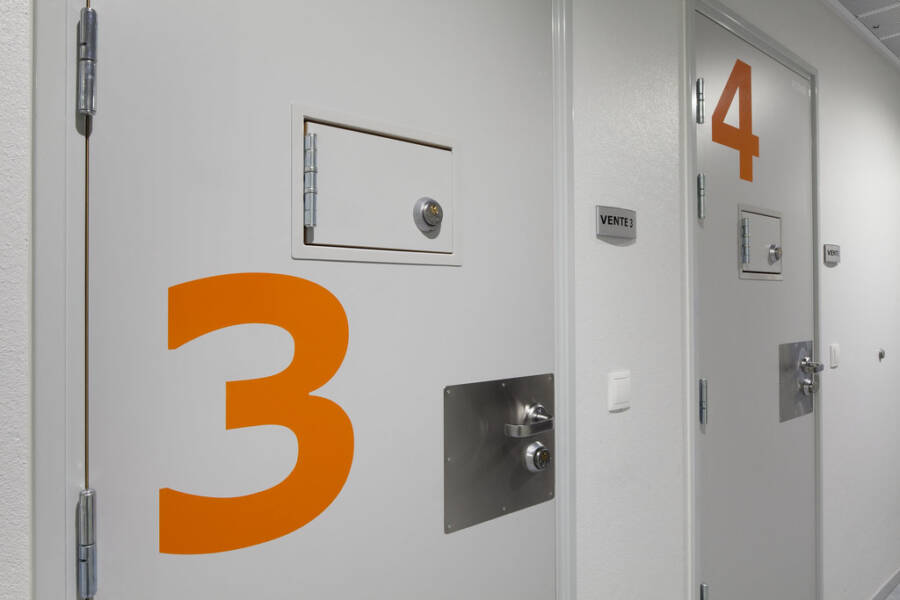
Kriminalomsorgen - The Norwegian Correctional Service/StatsbyggThough luxurious by some standards, Halden Prison is still a prison, and its inmates keenly feel the loss of their freedom.
"The Halden prison has been compared to the finest hotel... It is not true," one inmate told The Guardian. "The real issue is freedom, which is taken away from you. That is the worst thing that can happen to you. When the door slams at night, you're sat there in a small room. That's always a tough time."
That said, Halden Prison's philosophy seems to be working. Just 20 percent of inmates in Norway end up back in jail. In places like the United States, this number is closer to 50 or 60 percent. But Norway's stance toward prisons has evolved greatly in the last twenty years.
The Evolution Of Norway's Prison System
As Høidal told the BBC in 2019, he's witnessed the evolution of Norway's prison system first-hand. Norway long had a "lock-up" approach to prisons similar to the United States, but over the last several decades it shifted its focus to be less punitive, and more focused on rehabilitation.
"It was completely hard," Høidal, who began working in prisons in the 1980s, recalled. "It was a masculine, macho culture with a focus on guarding and security. And the recidivism rate was around 60-70 percent, like in the U.S."
In the 1990s, Norway began to institute major reforms. Instead using a policy of "revenge" which saw inmates locked up for most of the day, the country began to focus on "rehabilitation." Prisons were encouraged to help inmates develop skills that would aid them in the outside world, and to provide activities and educational opportunities to keep the inmates occupied.
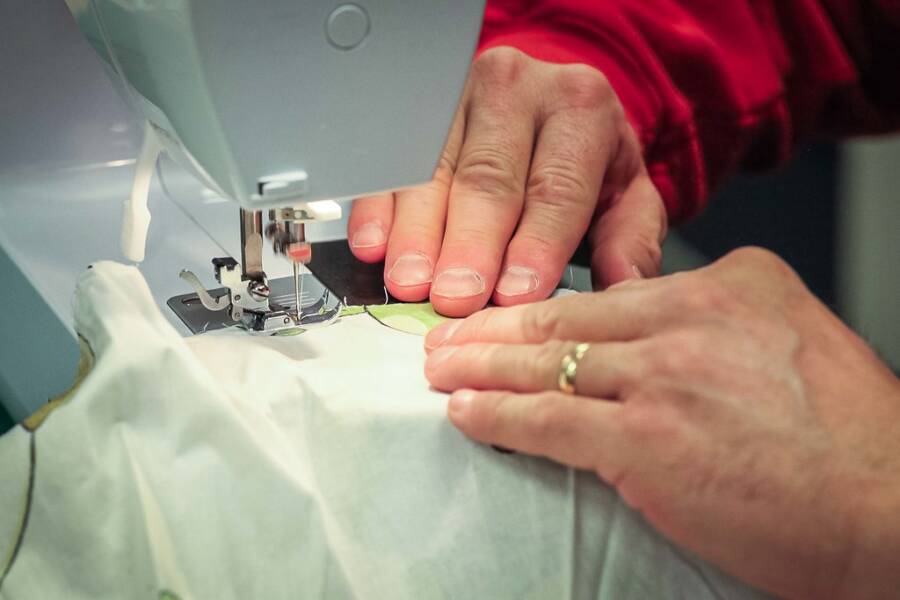
Kriminalomsorgen - The Norwegian Correctional Service/StatsbyggAn inmate at Halden sewing. The prison's focus on rehabilitation is part of a larger trend in Norway.
"[S]ince our big reforms, recidivism in Norway has fallen to only 20 percent after two years and about 25 percent after five years. So this works!" Høidal exclaimed.
Halden Prison has been critiqued by some, who feel that the prison is too gentle on the inmates. But Høidal is insistent that humane prisons create humane people — and who wouldn't want that?
"So we are releasing your neighbour," he told the BBC. "If we treat inmates like animals in prison, then we will release animals on to your street."
After reading about Halden Prison, the most humane prison in the world, discover 11 of history's most daring prison escapes. Then, learn about some of Alcatraz's most infamous inmates.
